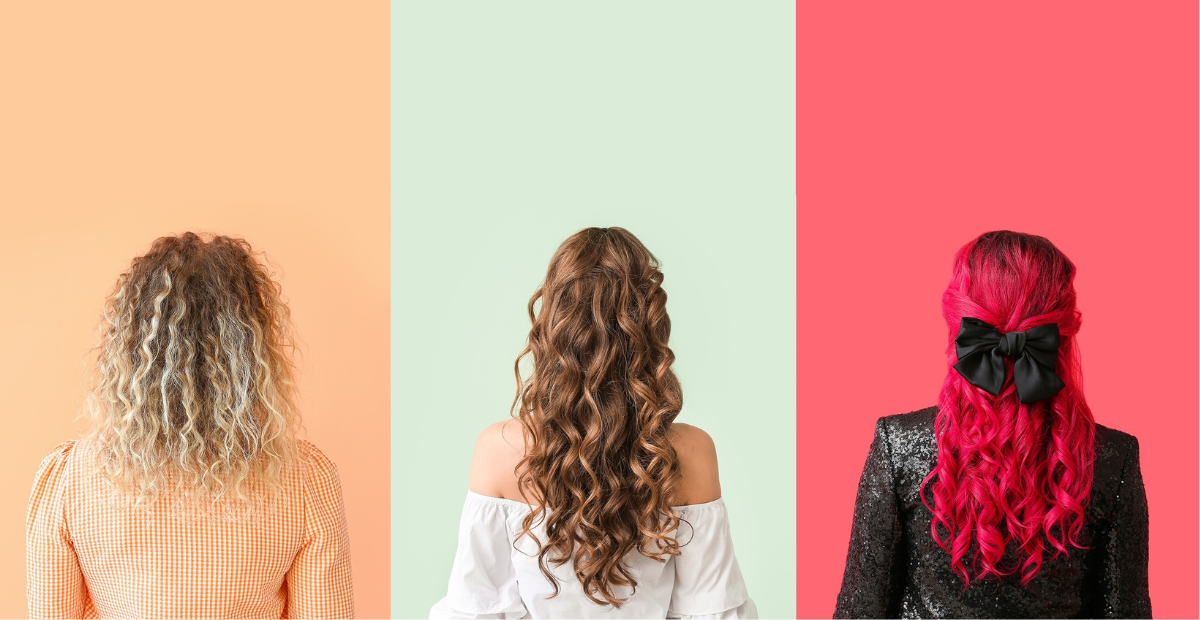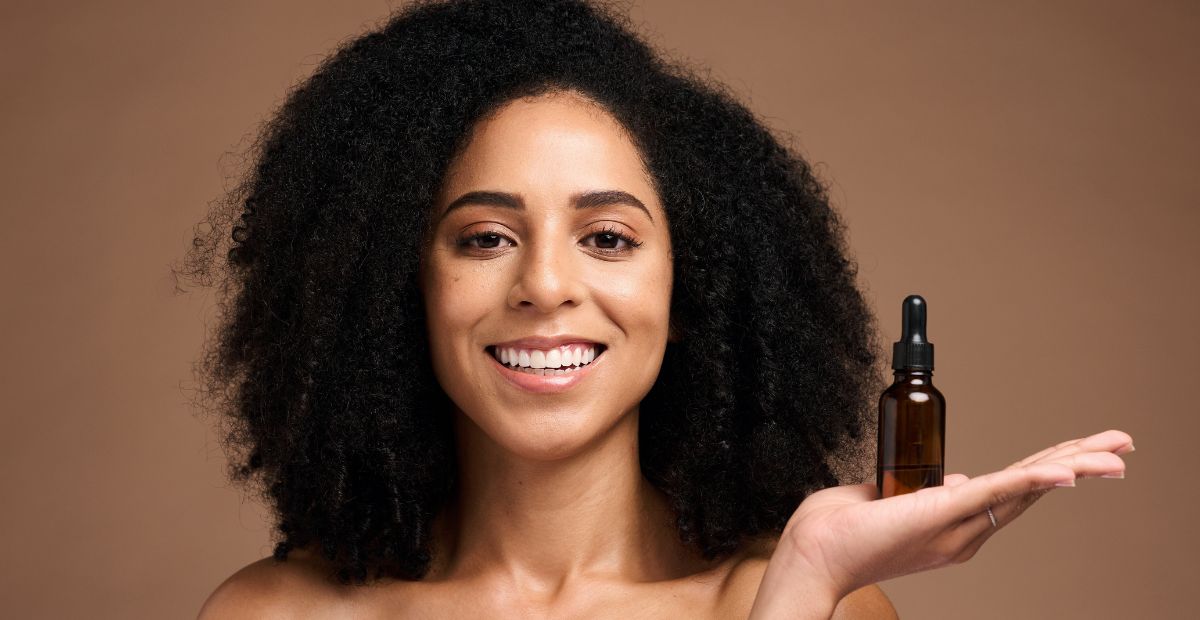Arbutin in Skincare: A Safer Way to Brighter Skin
Onskin Content Team
Your guides through the skincare chaos
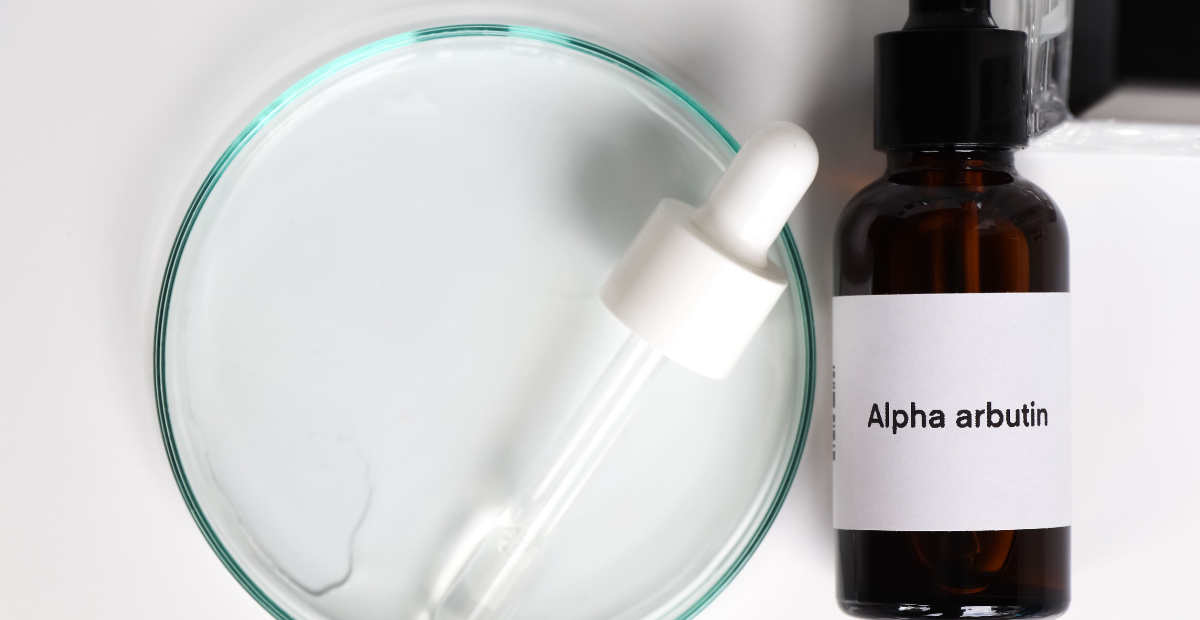
Looking for a safe option to even out your skin tone? Arbutin is here to help! It can fade dark spots, giving you that glowing complexion you’ve been dreaming of. And we’re here to answer all your questions about this powerful ingredient.
What Is Arbutin?
First, there’s a question for you. What do you like more—blueberry or bearberry? These two berries taste completely different, and each has its own group of fans. Despite that, both share similar beneficial properties. They contain calcium, zinc, fiber, and even a bit of iron. But there’s one more important thing they have in common.
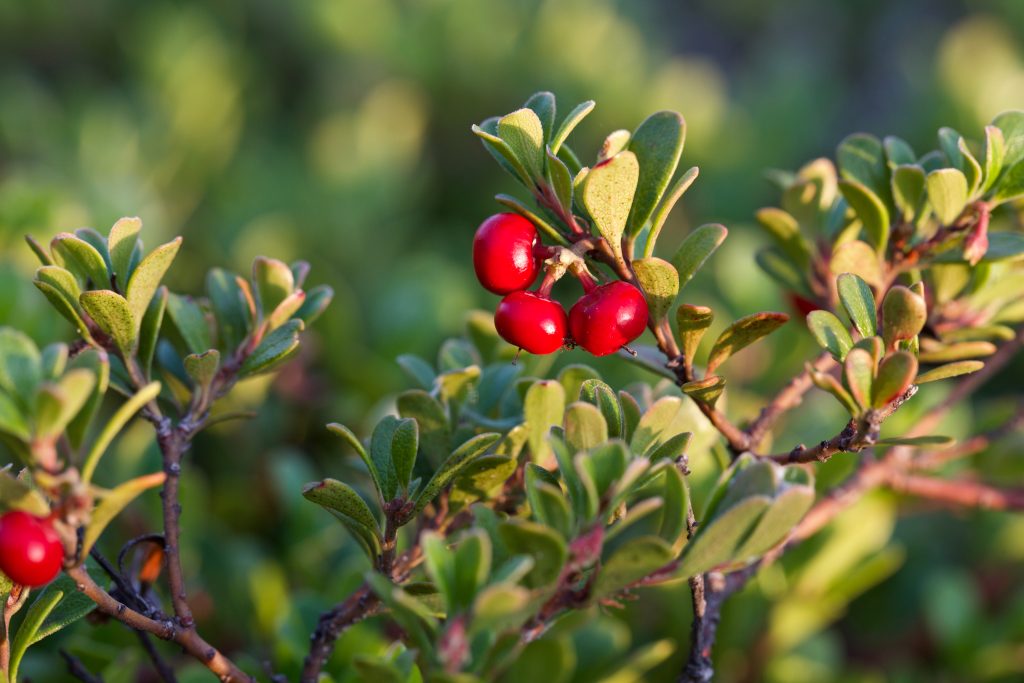
These berries, together with cranberry and lingonberry, contain a natural substance called arbutin. Arbutin is a derivative of hydroquinone, meaning it includes hydroquinone as part of its structure, which is bound to a sugar molecule. Plants naturally produce it this way to make hydroquinone more stable and less harsh.
To put it simply, in skincare, arbutin is a better version of hydroquinone, which takes the best from this ingredient and leaves behind all its drawbacks.
Stop. What Is Hydroquinone Then?
Fair question. Hydroquinone is a skincare ingredient that lightens dark spots on the skin. It’s often prescribed to treat melasma, freckles, age spots, and dark patches. However, it can also bring negative effects. Among them are irritation, redness, dryness, inflammation, and allergic contact dermatitis.
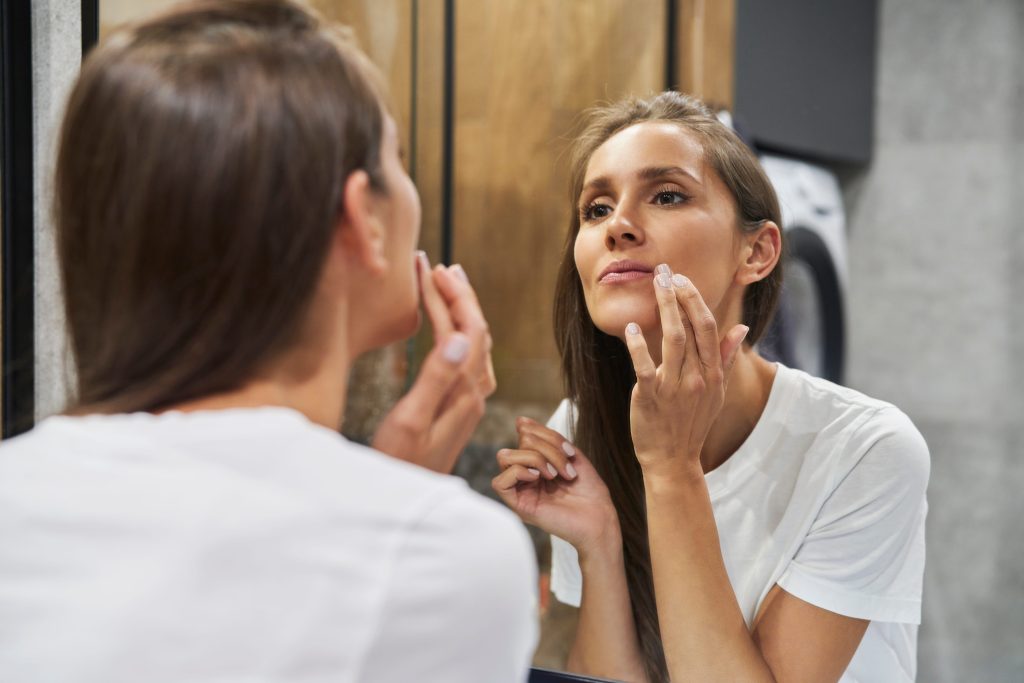
That’s why the U.S. Food and Drug Administration has forbidden the sale of hydroquinone without a doctor’s prescription. The ingredient is also banned in Australia, the EU, and Japan.
So, Arbutin Is the Same as Hydroquinone, but Better, Right?
Yes, but it’s a bit more complicated. Actually, there are two forms of arbutin: alpha and beta. The difference lies in how the sugar molecule connects to hydroquinone. It can attach in two different ways: α-form and β-form.
To cut it short, the main difference between them is that α-arbutin is typically produced synthetically, while β-arbutin is more common in nature. Both have skin-brightening effects but their efficiency differs.
Got It. How Exactly Does Arbutin Work?
Arbutin helps lighten dark spots by stopping the production of melanin (the pigment that gives skin its color). To be more exact, it blocks a helper in your skin called tyrosinase, which normally helps produce melanin. Simply put, it kind of fools tyrosinase into thinking it’s the real ingredient it needs, and as a result, tyrosinase can’t do its job and make more pigment.
All Right. And What About Alpha Arbutin and Beta Arbutin?
Good question. Both forms block tyrosinase, but, according to studies, alpha-arbutin is about 10 times stronger than the beta version.
After All, What Are Arbutin Skin Benefits?
- It’s a good antioxidant.
Arbutin helps protect the skin from damage caused by harmful free radicals called reactive oxygen species. It can either fight harmful molecules directly or strengthen the skin’s defenses.
- It reduces dark spots caused by UV exposure.
As part of an experiment, scientists exposed participants’ forearms to a small amount of UV light to make the skin darker. Then, they treated these areas of skin four times a day for 15 days with two ingredients: aloesin and/or arbutin. As a result of this treatment, arbutin showed a better effect. It reduced pigmentation by 43.5%, while aloesin showed 34%.
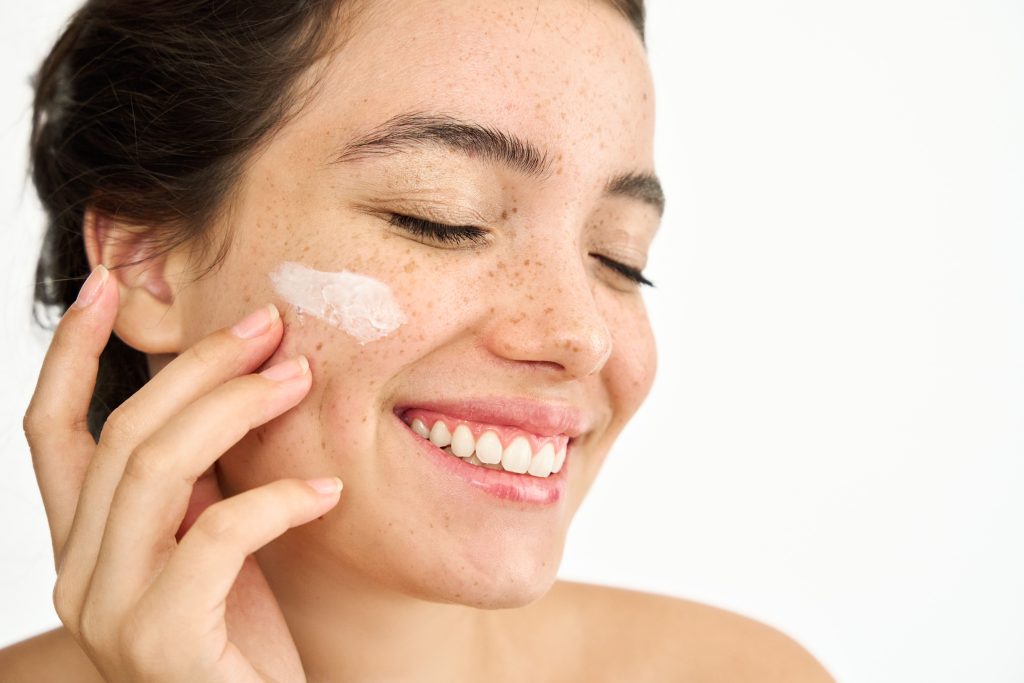
However, the best result was recorded when both ingredients were used together—63.3%.
- It helps treat melasma.
Another study tested how well arbutin and ellagic acid (both at 1% concentration) worked on patients with melasma (women aged 26–50). After six months, the results were quite impressive, with arbutin reducing melanin levels by 71% and ellagic acid by 79%.
Does Arbutin Work Better When Mixed with Other Ingredients?
Sometimes. Though arbutin is a strong skin-lightening ingredient on its own, researchers have found that it works even better when combined with other ingredients. Apart from aloesin, which we’ve already mentioned, these are niacinamide, tranexamic acid, vitamin C (ascorbic acid), and linderanolide B.
However, some ingredients can interfere with skin-lightening treatments and actually make them less effective. For instance, capsaicin, which is a spicy chemical found in chili peppers, reverses the effect of arbutin and increases melanin production.
To be 100% sure about the effectiveness and safety of all the ingredients when choosing a product, you may consult the OnSkin app. Just a picture of the product or its barcode is enough for the app to analyze its formula and tell you whether it suits your skin condition and concerns.
I See. And What About Its Safety?
Arbutin is considered a safe ingredient, especially in comparison to hydroquinone. However, there are certain limits to keep in mind.
First of all, the effects of arbutin on cells vary depending on the type of cells and how long the product is applied.
Second, in some people, this ingredient may cause skin irritation or allergic reactions. So, while chances are low, it’s still better to do a patch test to see how your skin reacts to a product. If irritation happens, stop using the product and consult a doctor.
To Sum It Up
Arbutin is a very helpful and safe ingredient for lightening dark spots. It works by blocking pigment production and protecting the skin from damage. Using it in combination with other treatments may make it even more effective. However, it should be used carefully, in the right amounts, to avoid side effects.
FAQ
-
Where do I start with OnSkin?
Download the app and think of a product you’d like to know more about. Then, go to the main screen and choose how you’d like to get the info —by manually looking it up in the search bar, by scanning its barcode, or by simply taking a picture of the packaging. Once you’ve done any of these, you can see how safe the product is and if it suits your skin or hair (if this analysis is available).
-
What is Safety Rating, and how is it calculated?
In OnSkin, we base product rates on ingredients. Each is closely studied by our medical team and then evaluated. This way, each product gets a score from 0 to 100, with 100 as the safest level.
Safety Levels
- Excellent (76–100)
- Good (51–75)
- Not great (26–50)
- Bad (0–25)
These scores are backed by the latest scientific studies. You can find links to the resources we’ve used on each ingredient page. To assess the safety of product ingredients, we evaluate them according to the following parameters/criteria
- Endocrine disruption risk / Reproductive toxicity
Indicates the probability of mimicking, blocking, or interfering with the body hormones.
- Сarcinogenicity
Measures the potential risk of inducing cancer.
- Allergy risk
Estimates the probability of an allergic reaction.
- High concentration alert
Determines the risk of being unsafe in certain amounts.
-
What is Skin Match?
Based on the info you input about your skin type, age, skin care goal, and other “settings,” OnSkin checks how well a product is tailored to your unique skin needs — it’s basically like a dermatologist helping you find the right products, minus the fees and the long wait. The product you’re checking might be labeled as It’s a match!, Hit-or-miss, or Not a match for you. The app also detects ingredient groups such as Anti-acne, Anti-inflammatory, Moisturizes, May be drying, Comedogenic, and others — by tapping one, you see exactly what ingredients from this or that group are in the product.
-
I seem to have a problem with using the app. Who should I contact?
Please reach out to us at [email protected], and we’ll carefully look into your issue. Your ideas for improving the app are also very welcome!
-
Do you have an Android version?
Not yet! Hey Android users, we hear you, and we're thinking about making an Android version, but we haven't started the development yet.
Tracker Sent!
It’s on the way to your inbox.


